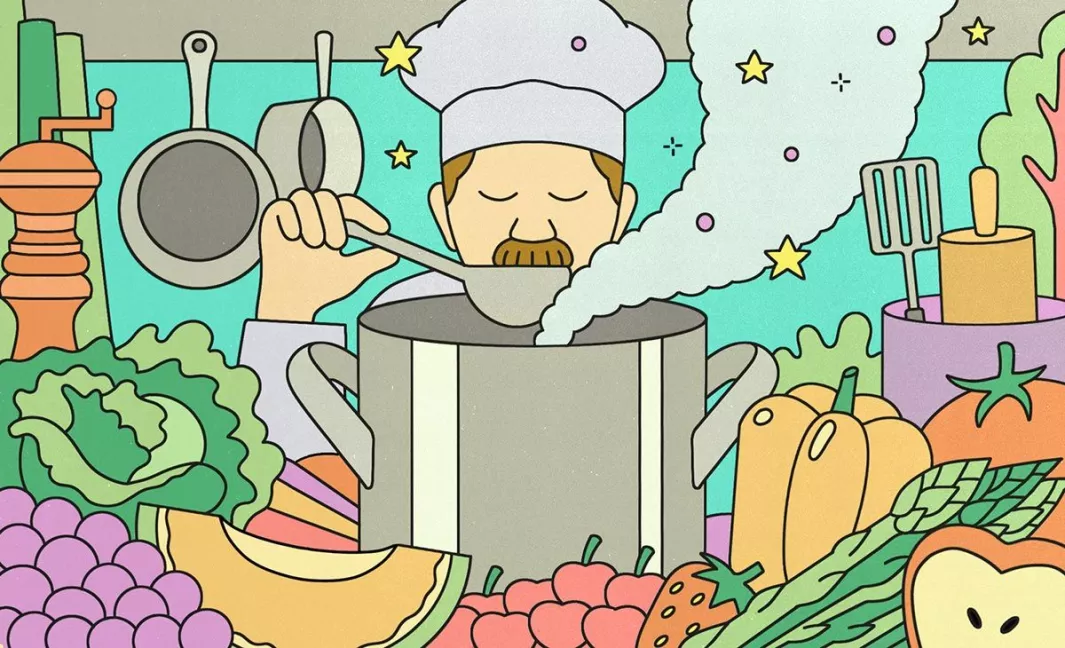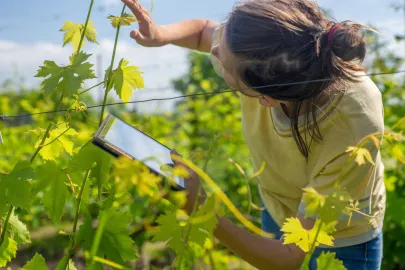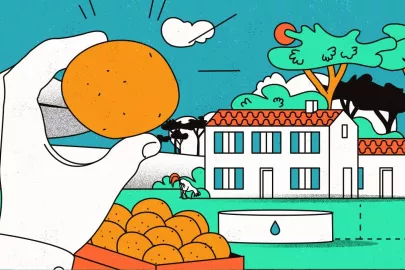When chefs are involved from garden to kitchen :
In France and around the world, more and more chefs are growing their own fruits, herbs and vegetables before serving them in their restaurants. The expression “farm to table” has now taken on a whole new meaning!

On this day in May, our plates are filled with fresh vegetables picked just hours before, served with locally-reared crispy-skinned chicken. At the Auberge de Chassignolles – a real slice of paradise located in the heart of Auvergne – the first greens of spring are sprouting in a little vegetable garden located across the road. A few plots of land are being tended by the chefs in residence, under the leadership of owner Peter Taylor. And this is no isolated case. At this Auvergne garden and elsewhere, many chefs are now cultivating their own gardens in search of something meaningful and a return to the land.
So who is this movement being led by? The triple-Michelin-starred Alain Passard, of Paris restaurant L'Arpège. Passard started growing his own vegetables back in 2002, and can now boast self-sufficiency. In 2019, the chef had two plots of land, each nearly ten acres in size, employing a dozen or so gardeners. Before him, in the 1990s, renowned chef Jean Bardet used to give a handful of lucky folks visits to his vegetable garden in Tours once a year. Media chef Dan Barber has since adopted this practice in upstate New York. Barber – the two-Michelin-starred chef of Blue Hill at Stone Barns – invites guests to stroll through the adjoining farm before dining, turning every meal into an unforgettable experience. The same sense of wonder can be found at Michel and Sébastien Bras’s haven in Laguiole, in central France, or among Russia’s Berezutsky brothers, who are breathing new life into forgotten varieties of potatoes. These names, and more, are featured prominently in The Garden Chef: Recipes and Stories from Plant to Plate. Published in 2019 by Phaidon, the book takes readers behind the scenes at forty restaurants and their vegetable gardens around the world. Yet more proof of a growing trend…
These vegetable gardens have many benefits. Beyond the food they supply daily and the experience they deliver to diners, they also guide the chefs' thinking. “Cultivating a garden means connecting with the seasons, being in perfect harmony with nature. When you have a garden, you cook only what that garden provides. Sometimes it's limited, in winter or early spring, but that too is a source of creativity,” explains chef and farmer Fred Ménager. In Burgundy, at the Auberge de la Ruchotte, his teams come to tend to the garden where salad burnet, tomatoes, mixed wildflowers, sweet potatoes and other delicacies grow. “So when the produce arrives in the kitchen, it's treated with much more respect; nothing is wasted,” Ménager continues, concluding, “This link between the kitchen and the fields is sacred. Without it, cooking for people has no meaning.” Still not convinced? Then just visit a French chef’s vegetable garden and wander among the paths before sitting down to eat…
Contributor

Editor













